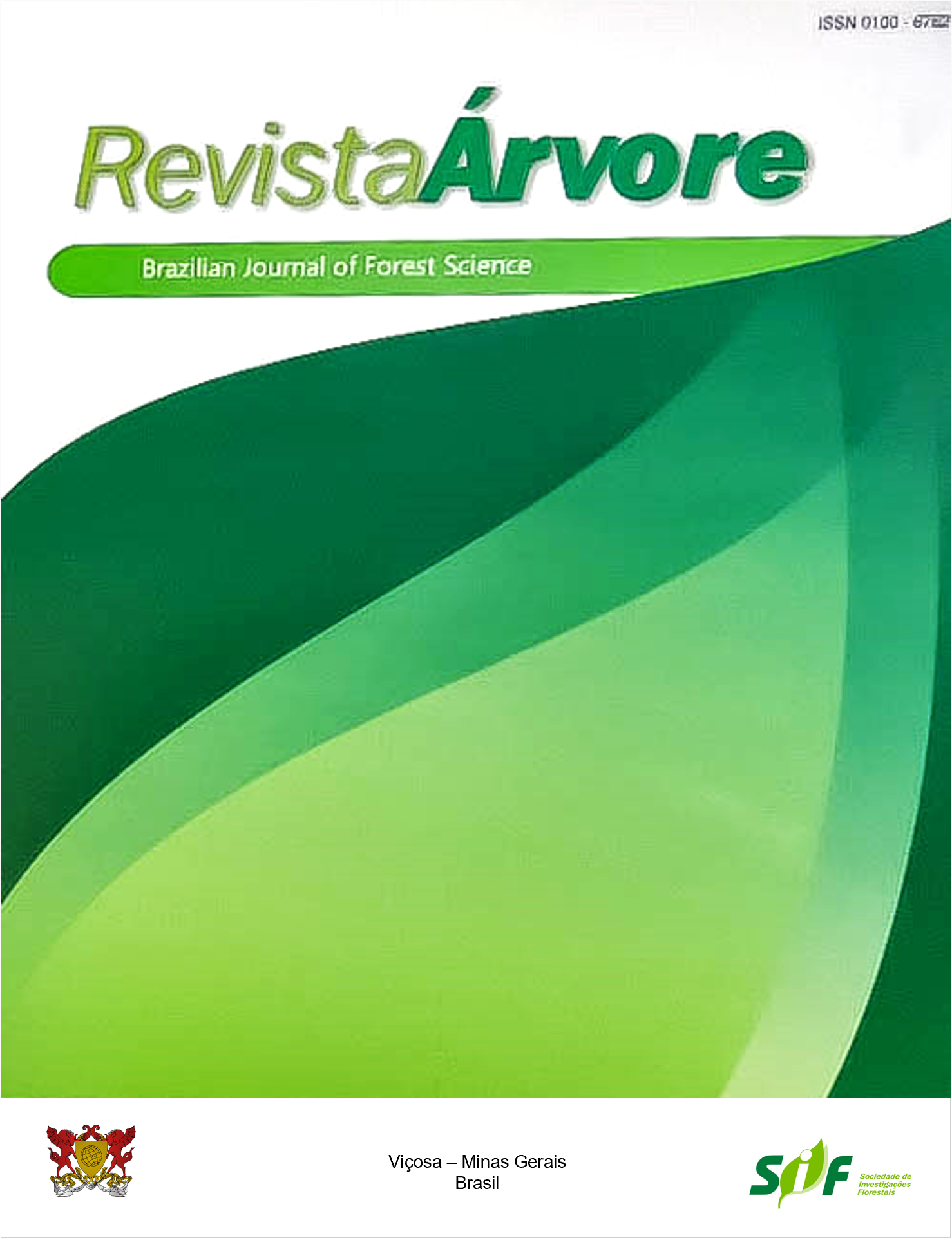PERMEABILIZATION, CELL WALL ULTRASTRUCTURE, AND GERMINATION OF BASIDIOSPORES OF THE ECTOMYCORRHIZ BRANDS OF BLEACHAL FUNGUS Pisolithus microcarpus TREATED WITH DIFFERENT COMMERCIAL
Keywords:
Ectomycorrhiza, Inoculant, EucalyptusAbstract
Basidiospores of the ectomycorrhizal fungus Pisolithus microcarpus have an impermeable cell wall, a characteristic that is possibly related to the low germination percentages of these propagules, which makes it difficult to obtain monokaryons and use these spores in inoculants. The objective of this study was to evaluate the effect of different concentrations of commercial bleach on the permeabilization of P. microcarpus basidiospores and to analyze the alterations caused in the cell wall ultrastructure and the viability and germination capacity of these propagules. Fungal basidiospores were collected in eucalyptus plantations and permeabilized using different bleach concentrations and exposure times. The basidiospores were then analyzed by scanning and transmission electron microscopy. The percentage of permeabilized basidiospores varied with the commercial brand, bleach concentration, and exposure time. Basidiospores of different basidiocarps differed in susceptibility to permeabilization treatment with bleach. Changes in the ultrastructure of permeabilized basidiospores were observed at bleach concentrations of 15 and 50 % for an exposure time of 40 s, with surface changes and loss of the spicules of the outermost layer of the wall. After permeabilization with 5 % bleach for 40 s, 80 % of the permeabilized spores were viable, resulting in the production of fungal colonies after 15 days of incubation of these propagules in the presence of Corymbia citriodora. However, the germination percentage obtained, 0.001 %, was similar to that of non-permeabilized basidiospores, indicating that other factors, besides cell wall permeability, are determinant for the germination process.
Keywords: Ectomycorrhiza; Inoculant; Eucalyptus
Downloads
Published
How to Cite
Issue
Section
License
Copyright (c) 2021 Revista Árvore

This work is licensed under a Creative Commons Attribution 4.0 International License.
All authors agreed to submit the work to Revista Árvore and granted the exclusive license to publish the article. The authors affirm that it is an original work and has not been previously published elsewhere. The scientific content and opinions expressed in the article are the sole responsibility of the authors and reflect their opinions, not necessarily representing the opinions of the editorial board of Revista Árvore or of the Society of Forest Investigations (SIF).




